Understanding the Basic Anatomy of a Quilt
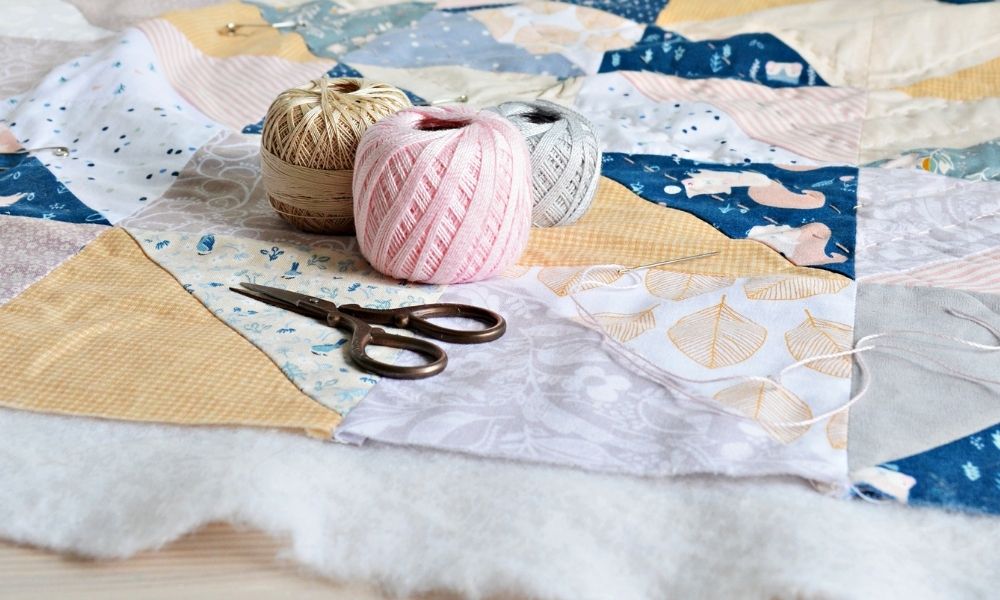

If you’re just getting into the craft of quilting, there are some important details that will help you grow your skill that you should learn. One of the important facets you should begin with is understand each piece of the quilt, so when it comes time to make your first one, you have a smoother learning process. Read below to further your understanding of the basic anatomy of a quilt.
The Quilt Top
This is the most recognizable part of a quilt. A quilt top is a decorative fabric made from multiple stitched-together squares. The piece starts out as one piece of fabric, which will be cut up into multiple pieces and sewn back together in blocks to create a decorative look. Quilt tops are designed to have all different types of patterns and looks. Your quilt top can feature anything from an intricate design to a detailed, recognizable image.
Padding
Some quilts are designed for decorative purposes, but you likely want to be able to use yours as a functioning blanket. The padding is a thick layer that sits in between the quilt top and the backing. You can choose padding made from a variety of materials, including cotton, polyester, wool, silk, and even bamboo. It’s important to note that the type of padding you choose will determine the weight and warmth of your quilt, since some of these materials are heavier and thicker than others.
Backing
The backing is exactly what it sounds like: the layer of fabric on the back of your quilt. In some cases, the backing is simply made of one whole piece of fabric. Many quilt backings are more decorative. You can also choose to make your backing out of multiple pieces of fabric.
Stitching
An important part of understanding the basic anatomy of a quilt is the stitching. The stitching combines the three layers of the quilt together, running along the seams as well as through the surface of the quilt top and the backing. Almost everyone understands that stitching is what puts the item together, but not everyone might realize the stitching of a quilt also provides texture, which adds to the quilt’s look and design. Stitching can be done by hand or on a traditional sewing machine.
Binding
The last piece of your quilt is the binding. A quilt’s edges need to be bound together by extra pieces of fabric. Choose a fabric for your binding that nicely complements the rest of your quilt’s look.
Consider purchasing quality materials for making your next quilt. Lindley General Store offers extensive collections of fabric from Canada, featuring the best-quality materials and supplies.

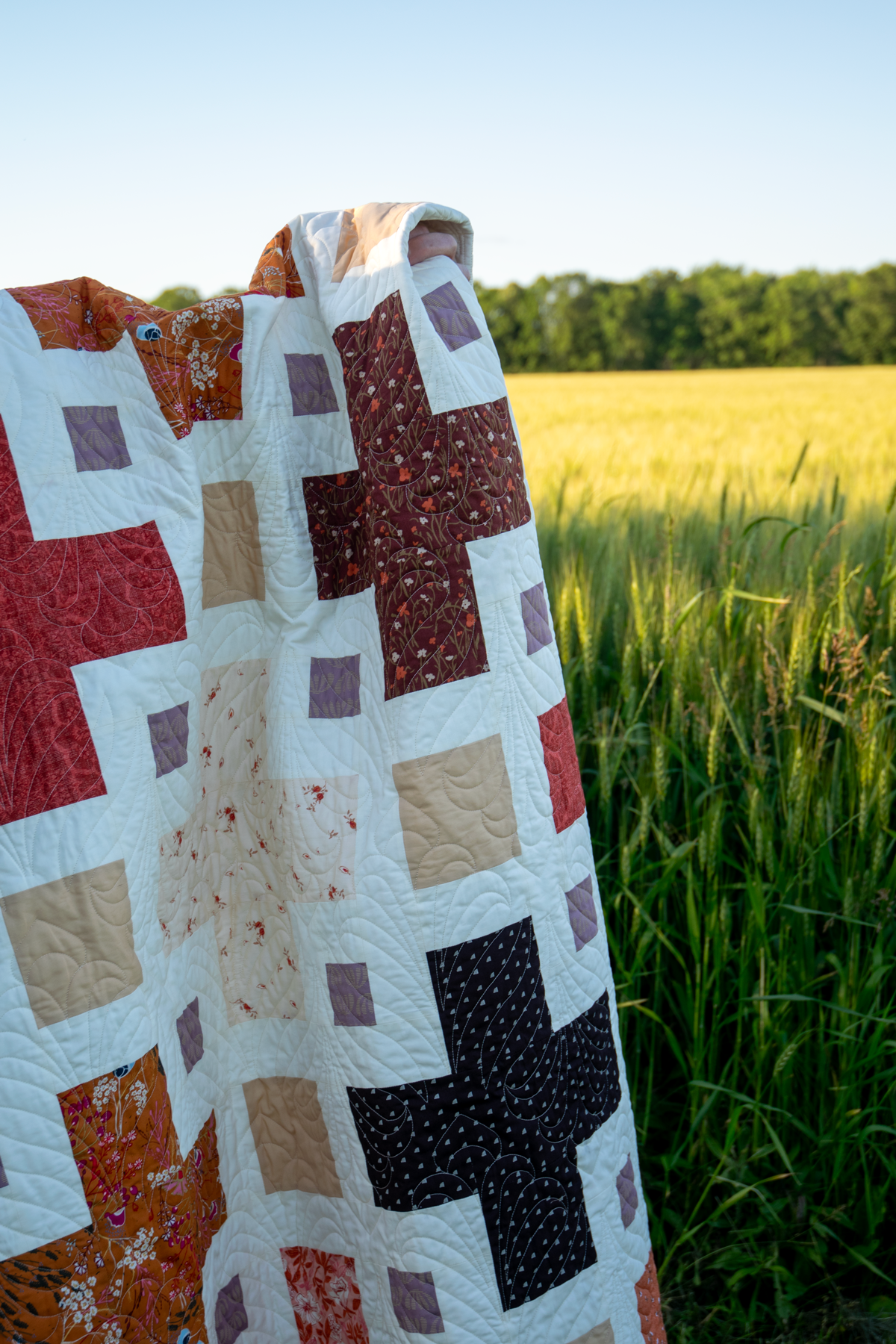

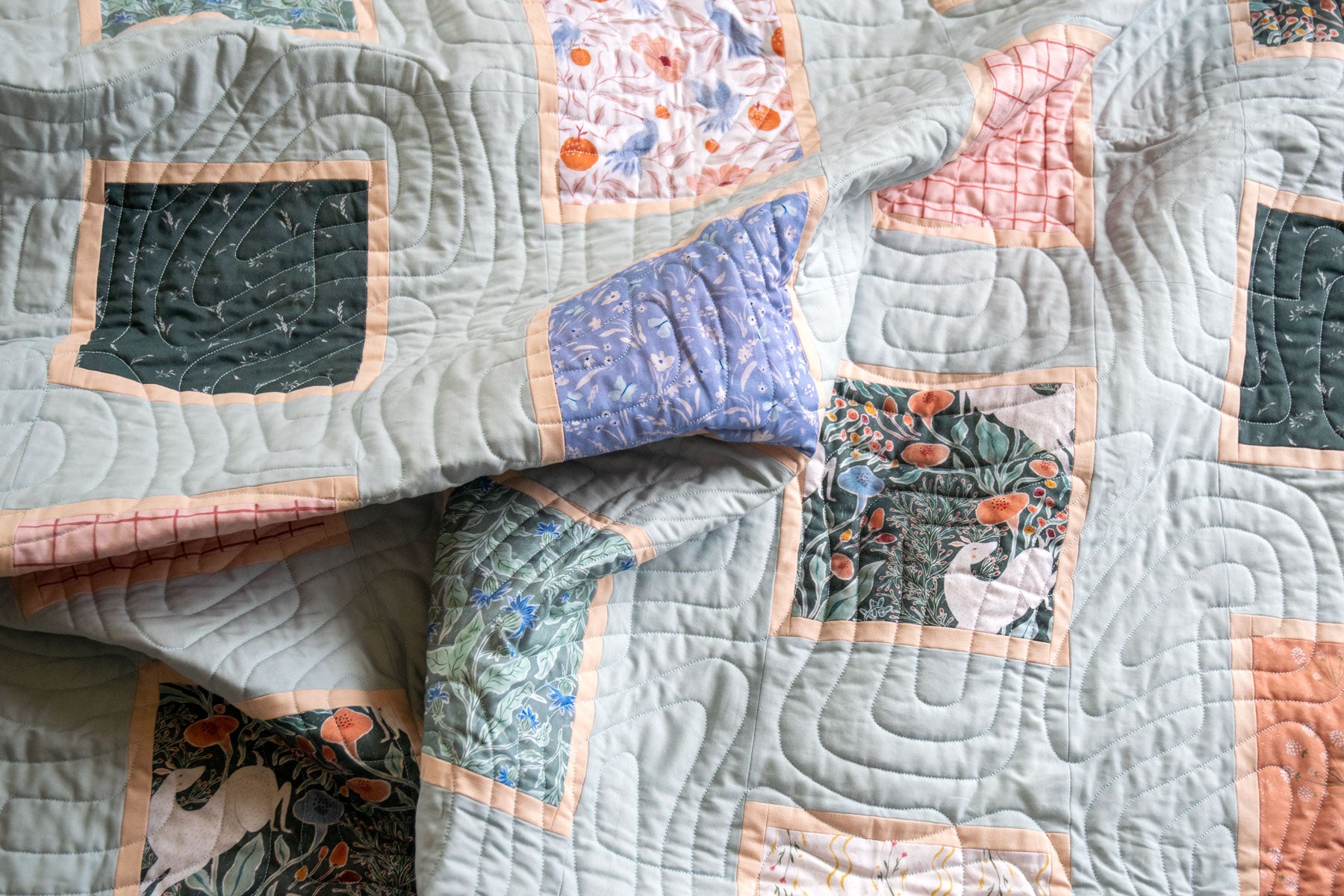
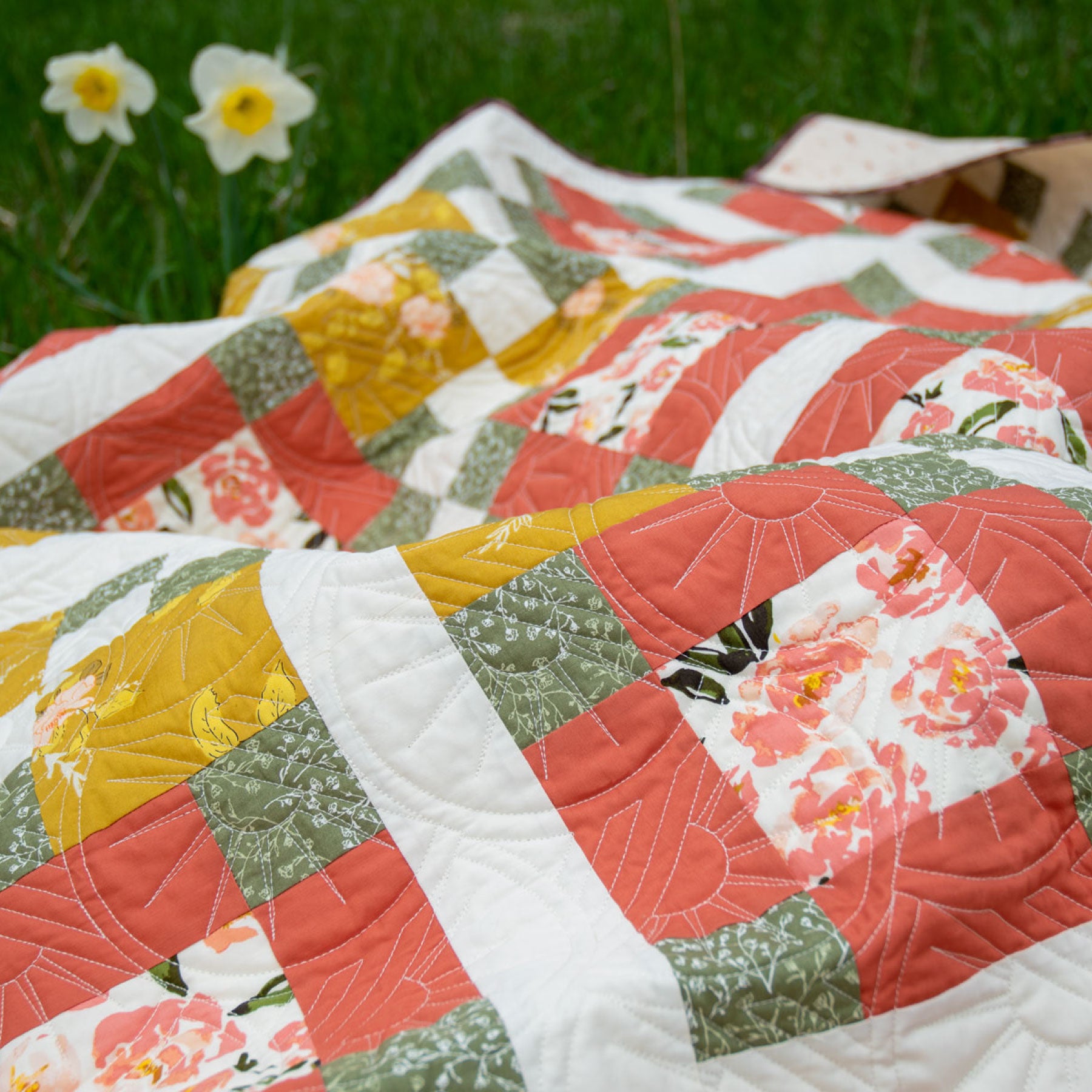
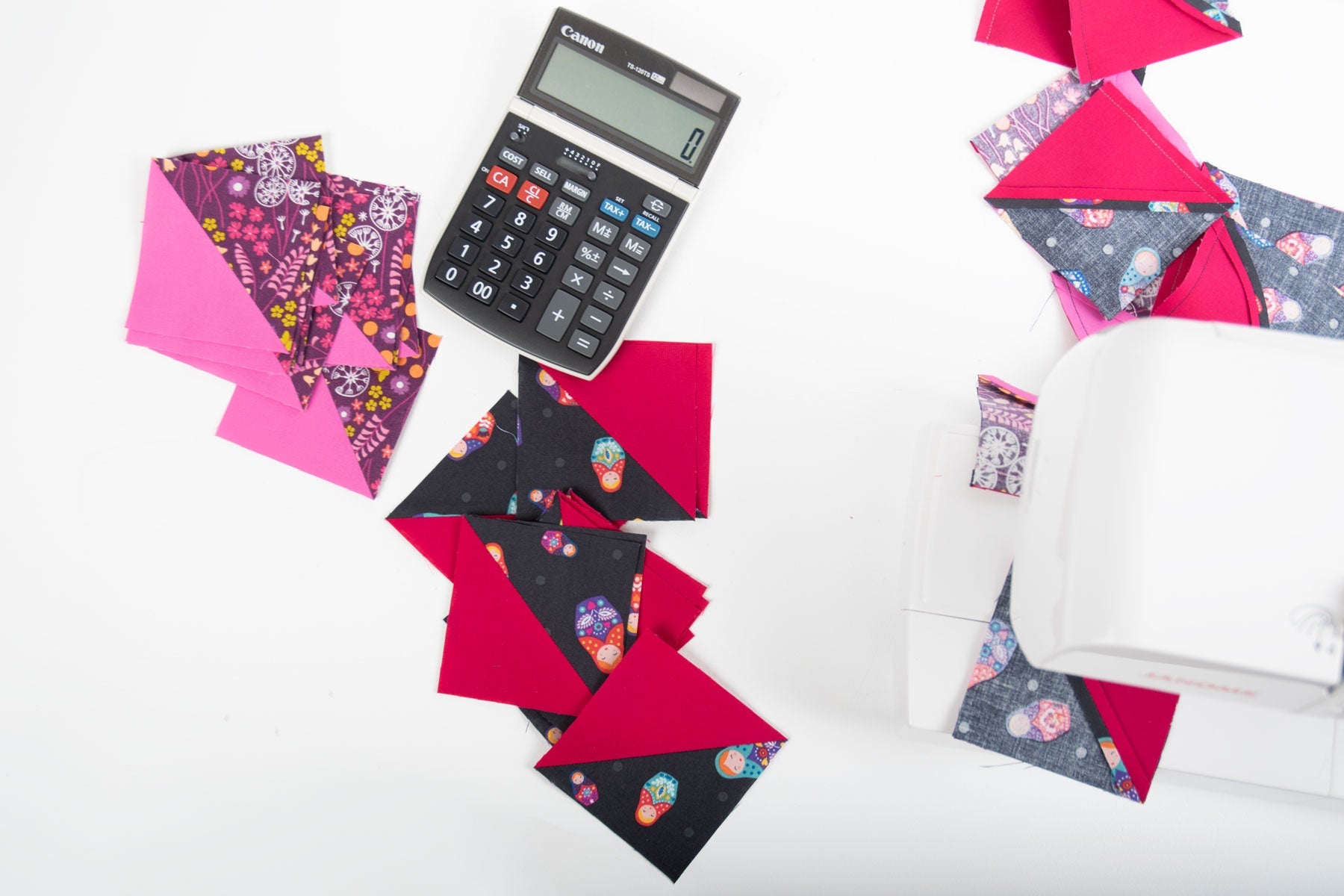
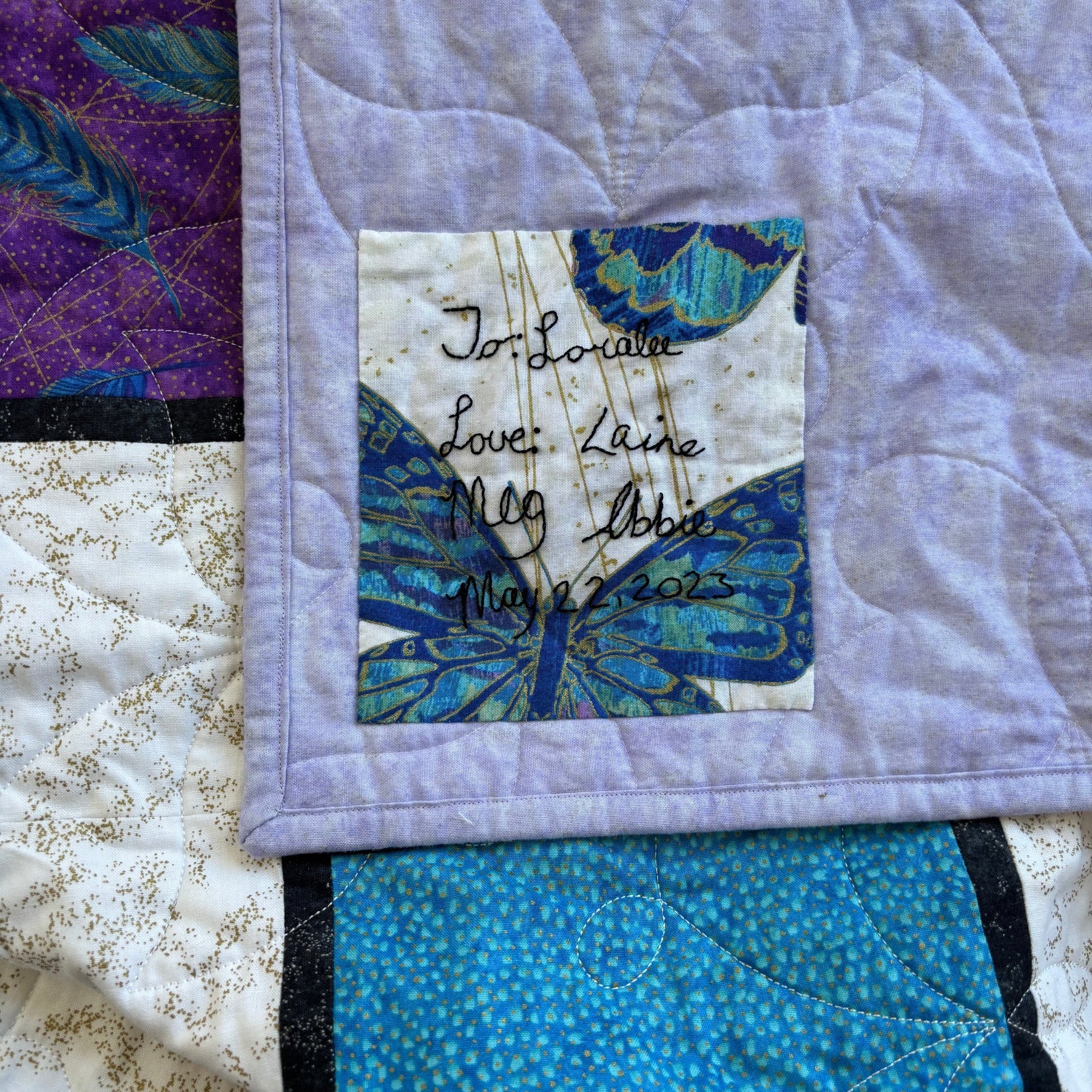
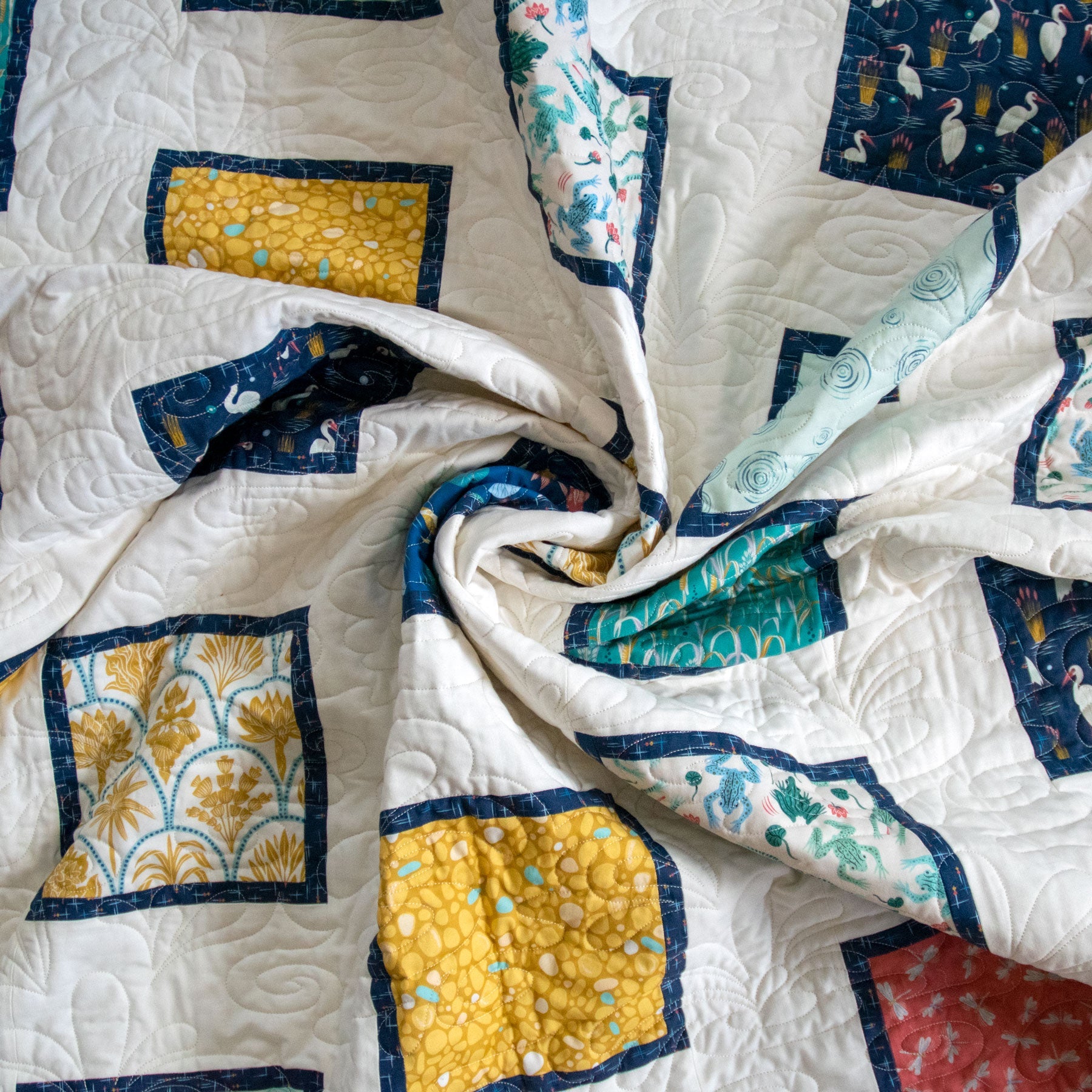
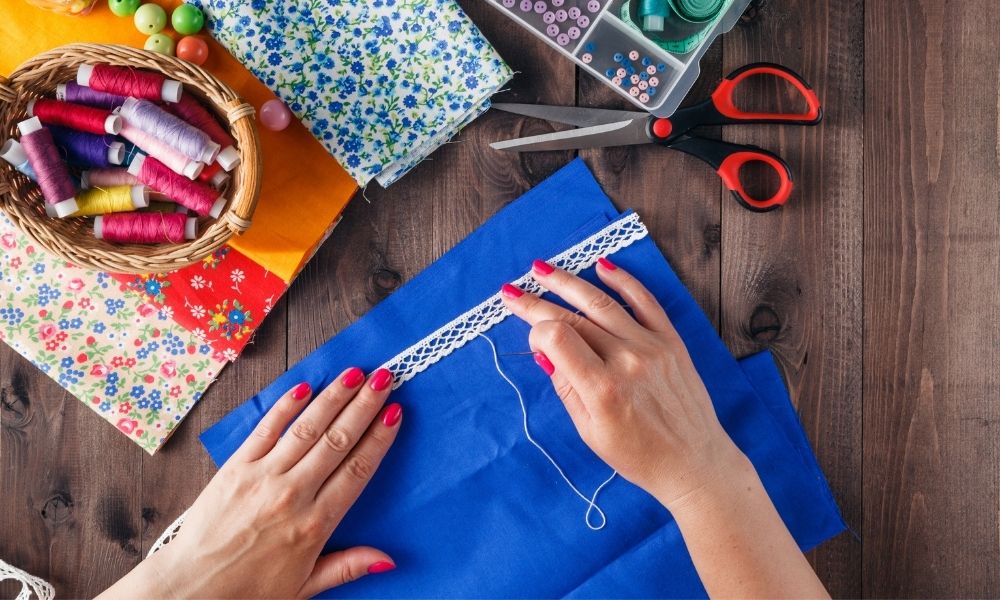
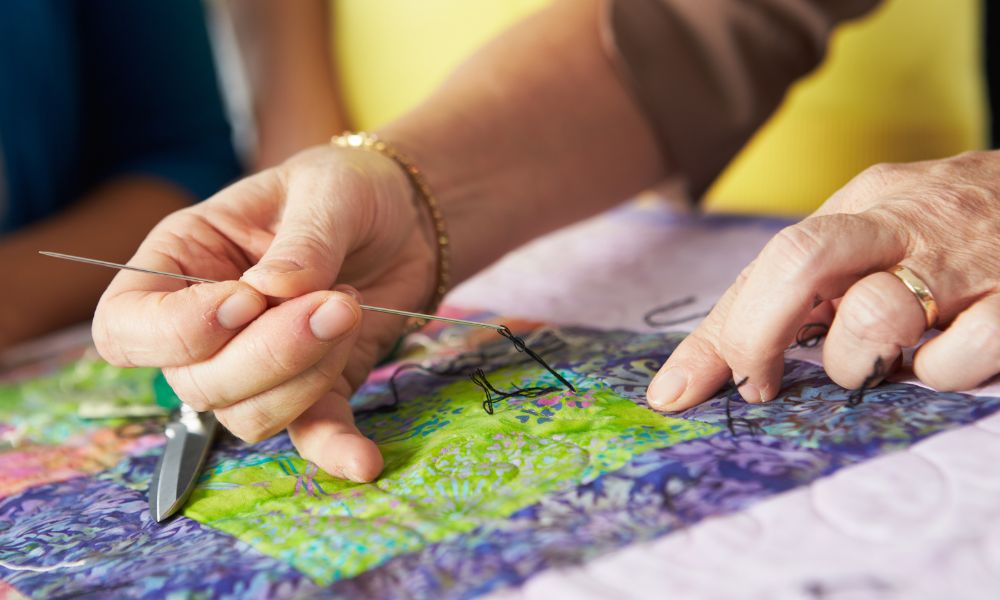
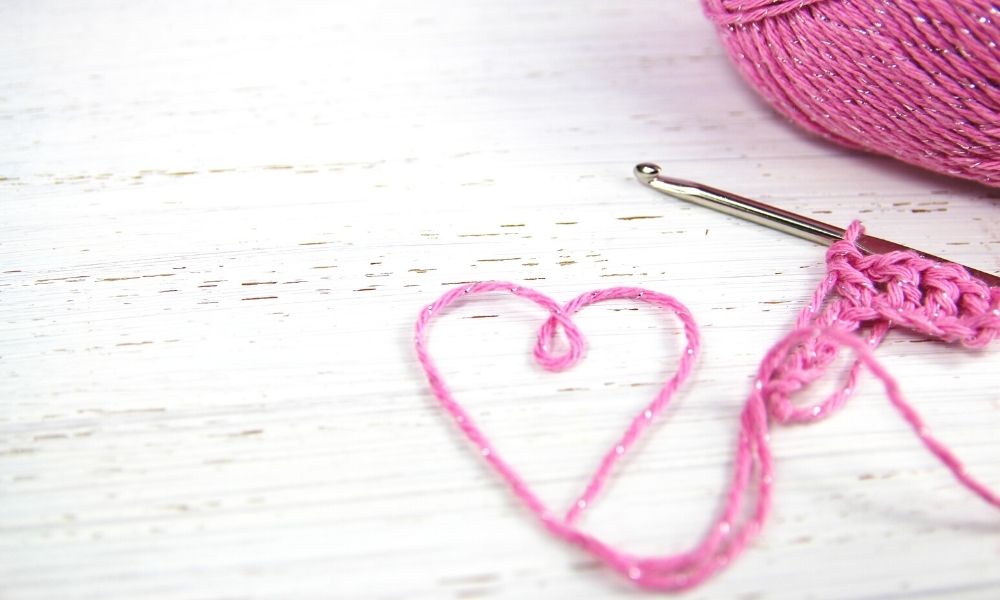
Comments